Caroline Grauel
The Neuroscience Perspective
Caroline Grauel about the Neuroscience Perspective on Luxury

»The luxury market is constantly evolving, and it has become increasingly complex to accurately target luxury consumers.«
You founded the consultancy “MINDING LUXURY”. What’s it all about?
I offer consulting services in the luxury segment based on studies and insights into consumer behavior and neuromarketing. Neuromarketing stands for the the use of neuroscience and its techniques to observe brain activity, gaze patterns or emotional arousal to better understand consumer behavior and decision making.
The luxury market is constantly evolving, and it has become increasingly complex to accurately target luxury consumers. One reason for this is the diversity of luxury consumers, who have different motivations, values and preferences.
My services are designed to support luxury companies by revealing the underlying psychological and neurological processes that drive consumer behavior in the luxury market, and from there, develop more effective and compelling marketing and branding strategies.
Why is neuromarketing a key asset in that context?
By using neuromarketing, luxury companies can create marketing and branding experiences that are more engaging and memorable for luxury consumers. This can help to build stronger and more lasting relationships with luxury consumers and to increase consumer loyalty and advocacy in the luxury market.
Luxury companies gain valuable insights into the factors that influence luxury consumers’ decision-making, enabling them to optimize the relevance and appeal of their products and services, increase customer loyalty and retention, and develop targeted marketing and branding strategies that effectively engage their desired audience.
This also enables them to optimize their marketing budgets, allocate resources more effectively, and improve the return on investment of their luxury marketing and branding efforts.


Would you agree that the term “luxury” is currently used very inflationary and often even misunderstood?
I have the feeling that the terms premium and luxury are sometimes confused or not cleanly enough distinguished from each other. Luxury generally refers to high-end, exclusive and prestigious products or services that are coveted for their rarity, craftsmanship, and symbolic value, while premium generally refers to products or services of higher quality or value than competitors, but not necessarily considered luxury.
However, these terms are often used interchangeably, leading to confusion and the feeling that too much is being labeled as luxury. This can be particularly evident in the marketing and branding of products, where companies may use the term “luxury” to describe products that may not meet the traditional criteria for luxury items. This dilutes the meaning of the term and leads to a feeling of inflation or overuse.
Is there such a thing as a “democratization of luxury”?
The democratization of luxury refers to the idea that luxury goods and experiences are becoming more accessible and affordable to a greater number of people. In my opinion, there are several factors contributing to this trend. One of them is the introduction of low-cost luxury products such as perfumes or sunglasses, which give more people access to luxury brands. Another factor is the increasing availability of luxury goods through online channels or collaborations with discounters, such as the collaboration between Karl Lagerfeld and H&M back in 2004 with the release of the “Karl Lagerfeld for H&M” collection.
This was the first collaboration of its kind, and many other designers have followed, making luxury accessible to more people. However, the issue of democratization in the luxury industry is controversial. While some believe that luxury is becoming more democratic, others argue that luxury goods rely on prestige and rarity, and that affordability is not the main driver of luxury consumption. I agree with this perspective.
From a consumer behavior and neuroscience standpoint, luxury consumption can be explained by factors such as group belonging, social distinction, and the desire for status. The concept of conspicuous consumption – the use of luxury goods and services to display wealth and social status – suggests that people seek luxury goods to impress others and gain respect and admiration from their peers.
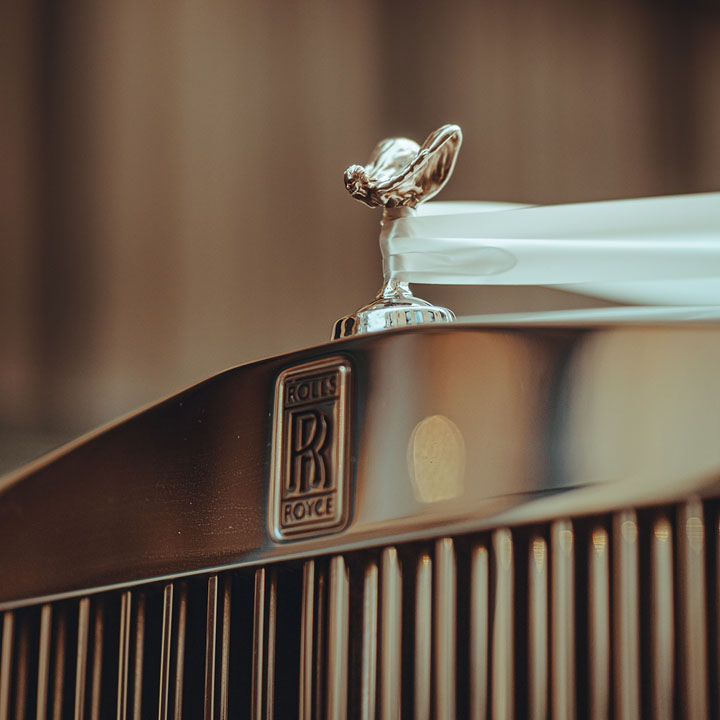
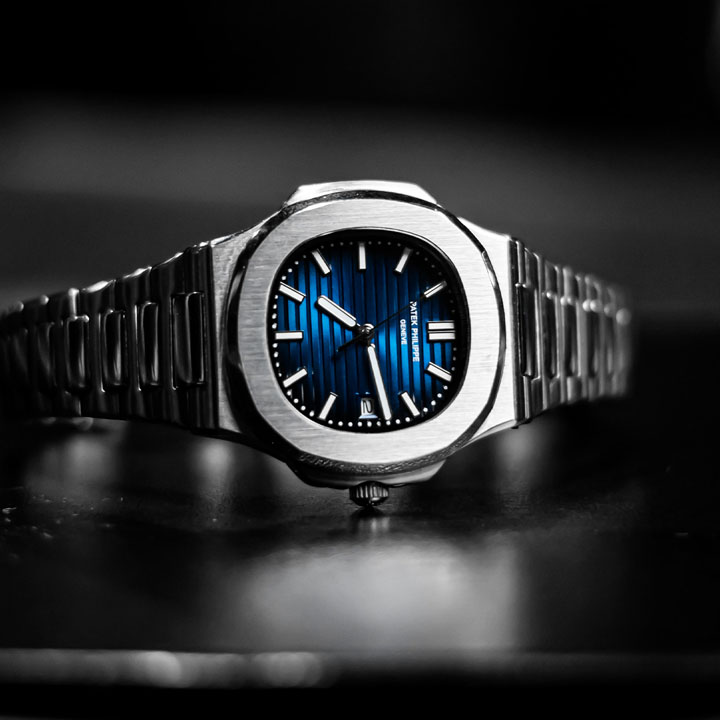
Is it an archaic motivation that makes us consume luxury?
Yes, there is a deep-seated part of us that wants to show superiority and status by consuming luxury goods. But it is far more complex to explain the motivations for luxury consumption. People consume luxury goods for a variety of reasons.
Some people enjoy the exclusivity and prestige that comes with owning luxury items, while others are drawn to the high quality and craftsmanship of luxury goods. Still, others may purchase luxury items as a way of expressing their personal style or as a form of self-indulgence. The reasons for consuming luxury goods are highly individual and can vary greatly from person to person.
Ultimately, this depends on a variety of individual factors such as one’s personality, values, and social environment. This can vary greatly from person to person. The desire to impress others and gain respect and admiration, the need to feel superior to others and improve one’s self-image, thus a psychological need for social recognition and acceptance, and the desire to conform to certain social norms or expectations is a strong driver.
However, other motivations may include the need for self-indulgence or self-gratification, the desire to express one’s own style or taste, or simply the love of luxury goods and experiences.
What is the neuroscience perspective?
There have been several neuroscience studies that have examined luxury consumption and the reasons behind it. Some of these studies have found that the reward and pleasure centers of the brain are especially strongly activated when people consume luxury goods. Neurotransmitters such as dopamine and serotonin are released and produce feelings of pleasure, satisfaction and happiness.
Other studies have shown that areas of the brain associated with social recognition as well as strong emotional bonds and memories are highly activated during luxury consumption. Our brain can perceive luxury in terms of its exclusivity and rarity, which can evoke feelings of excitement and anticipation and trigger the aforementioned sense of superiority.
Finally, our brain also processes luxury in terms of its symbolic meaning and value, which evokes feelings of pride, accomplishment, and self-esteem. Thus, it can be said that the consumption of luxury has a physical impact on us and our wellbeing. Overall, neuroscientific research has shed light on some of the brain mechanisms involved in luxury consumption and the reasons for it. However, much more research is needed to fully understand these complex processes.
Do purchasing decisions in the luxury segment differ from those in other price segments? How do you think the balance between rationality and emotion is defined in luxury consumption?
Luxury purchases differ in many ways from those in lower segments. One main difference is the level of effort and engagement consumers typically invest in their luxury purchase decisions. As luxury goods and services are usually more expensive and exclusive than non-luxury products, consumers tend to be more careful and deliberate in their purchase decisions, taking more time to research, evaluate, and compare different options.
Additionally, purchase decisions for luxury goods are more influenced by intangible factors such as the brand’s heritage, reputation, and values, as well as the symbolic and emotional value of the product. Another important difference is the role of social and cultural factors in luxury purchase decisions. As luxury consumption is often seen as an expression of social status and personal style, consumers are more influenced by social norms, peer pressure, and fashion trends in their luxury purchase decisions.

Is „New Luxury“ just a trendy label or more than that?
“New luxury” in my opinion refers to a shift in the luxury industry towards more sustainable, ethical, and responsible practices. New luxury is characterized by a focus on quality, craftsmanship, and innovation, as well as a commitment to environmental and social sustainability.
This shift is driven by a growing awareness of the negative impacts of luxury consumption on the environment and society such as environmental degradation. Meaning the depletion of natural resources and the generation of waste and pollution, a contribution to social and economic inequality, by creating and reinforcing exclusivity and privilege, or negative cultural impacts, by promoting shallow and materialistic values.
New luxury shows a desire among consumers for more ethical and responsible luxury products and experiences. It is often associated with a return to traditional values and practices accompanied by the emergence of new, more sustainable luxury business models and products.
Let’s talk about future consumers: how does Gen Z differ from older generations in terms of luxury consumption?
The Generation Z, thus the cohort born between the mid-to-late 1990s and the early 2010s, is the first to have grown up with the internet and digital technologies. This generation is tech-savvy and has a shorter attention span than other generations. In terms of luxury consumption, Gen Z differs from other generations in a number of ways. To my experience, Gen Z may be partly more interested in sustainable and ethical luxury and may be more inclined to support brands that align with their values and beliefs.
Gen Z uses social media and other digital platforms to research, discover, and share luxury products and experiences, and is more influenced by peer recommendations and online reviews. Additionally, this generation is more interested in experiential luxury, and is more likely to prioritize unique, personalized, and memorable luxury experiences over traditional luxury products.
The casualization of luxury and its movement towards streetwear is shaped by this generation. Overall, Gen Z differs from other generations in their attitudes, behaviors, and preferences when it comes to luxury consumption, and thus presents new challenges and opportunities for luxury brands.
»It is worth noting that Chanel has also established a neuroscience department, which is dedicated to studying the ways in which consumers interact with the brand and its products.«
Which luxury brands are setting the standard in luxury marketing currently?
There are many luxury brands that excel at creating effective and successful communications. One such brand is Chanel. Luxury brand communications should be aligned with the brand’s core values, positioning, and identity. This means that the messages, imagery, and tone of the communications should be consistent with the brand’s unique character and heritage and should reflect its aspirations and aspirations.
The iconic French fashion and beauty house is known for its distinctive and sophisticated branding, which is consistently aligned with the brand’s core values, positioning, and identity. For example, Chanel’s communications often feature elegant and refined imagery, such as the brand’s iconic double-C logo, as well as luxurious and aspirational scenes, such as runway shows and fashion shoots.
Chanel’s communications are also targeted and relevant to the brand’s audience, with a focus on engaging and differentiated content that is delivered through a variety of channels and platforms. For example, Chanel uses social media, digital marketing, and experiential events to reach and engage consumers, and to create personalized and immersive experiences that showcase the brand’s collections and products.
In addition, Chanel’s communications are authentic and credible, with a focus on transparency, honesty, and quality. For example, the brand often highlights its commitment to sustainability, innovation, and craftsmanship, and provides detailed information about its materials, processes, and standards. By combining these elements, Chanel is able to create communications that support and enhance the brand’s reputation and appeal, and that resonate with consumers who seek luxury and excellence.
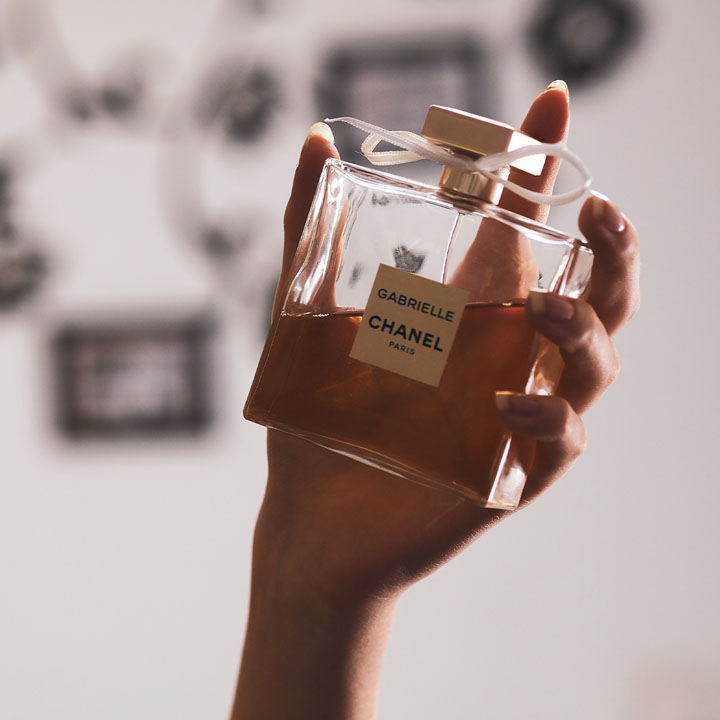
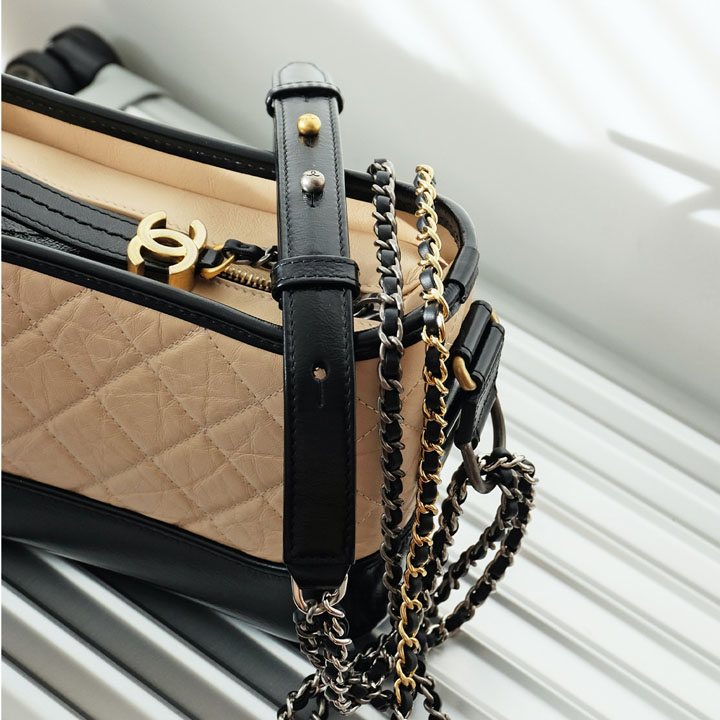
Don’t you think Chanel is missing out on Generation Z?
Karl Lagerfeld’s efforts to revitalize and shape the brand Chanel helped to modernize the brand and move it beyond the stereotype of only appealing to a certain type of older woman. However, it is true that Chanel, like many luxury brands, faces challenges in reaching and engaging younger consumers, particularly those in Generation Z.
To address this challenge, Chanel has launched a number of initiatives that are designed to appeal to younger consumers, such as the Chanel Connects program, which offers exclusive content and experiences to young consumers who are interested in fashion, beauty, and culture.
It is worth noting that Chanel has also established a neuroscience department or institute, which is dedicated to studying the ways in which consumers interact with the brand and its products. By conducting research in this area, Chanel is able to gain insights into the preferences and behaviors of its consumers and use this information to inform its marketing and branding strategies. This helps the brand to better understand and connect with its target audience, including younger consumers.
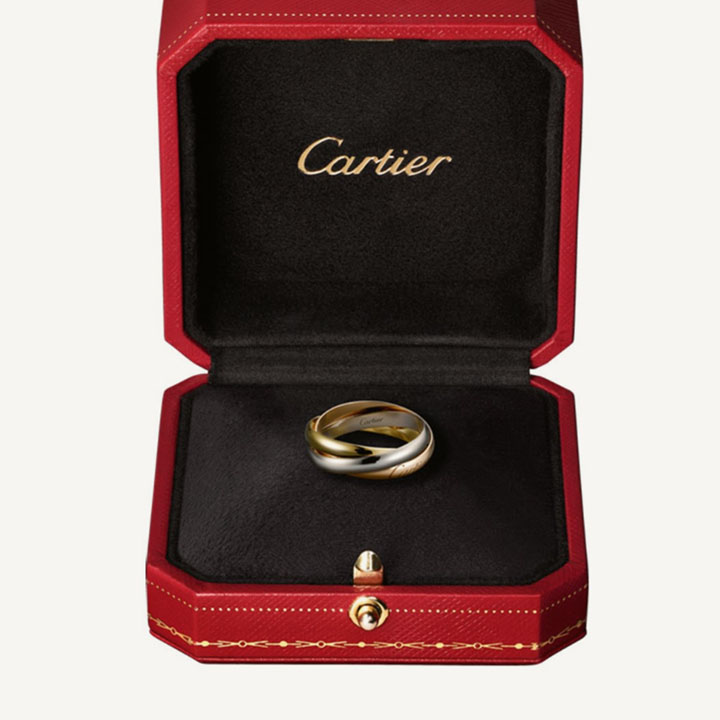
What is your favourite luxury product that you own?
My favorite luxury item is a Cartier Trinity Ring that my grandpa gave me as a special gift. The ring is made of three interlaced bands of gold, symbolizing love, friendship, and fidelity. I love the ring not only for its physical beauty and craftsmanship but also for its emotional and symbolic significance.
The ring is a symbol of my grandpa’s love and pride, and a reminder of the special relationship and shared values that we had. Whenever I wear the ring, I feel a sense of connection and affection. I treasure it as a reminder of love and support, and as a reflection of my personal style and values.
Thank you Caroline!



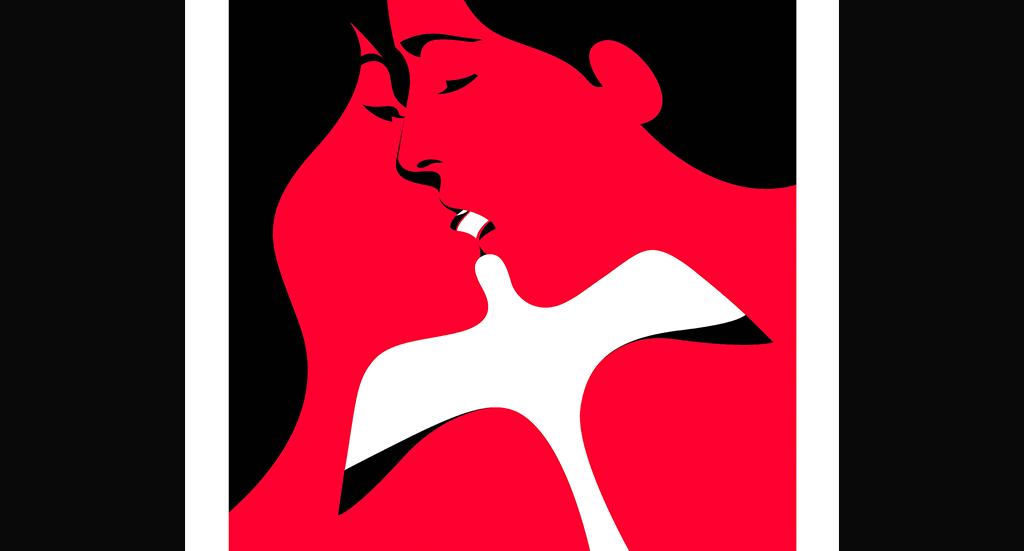
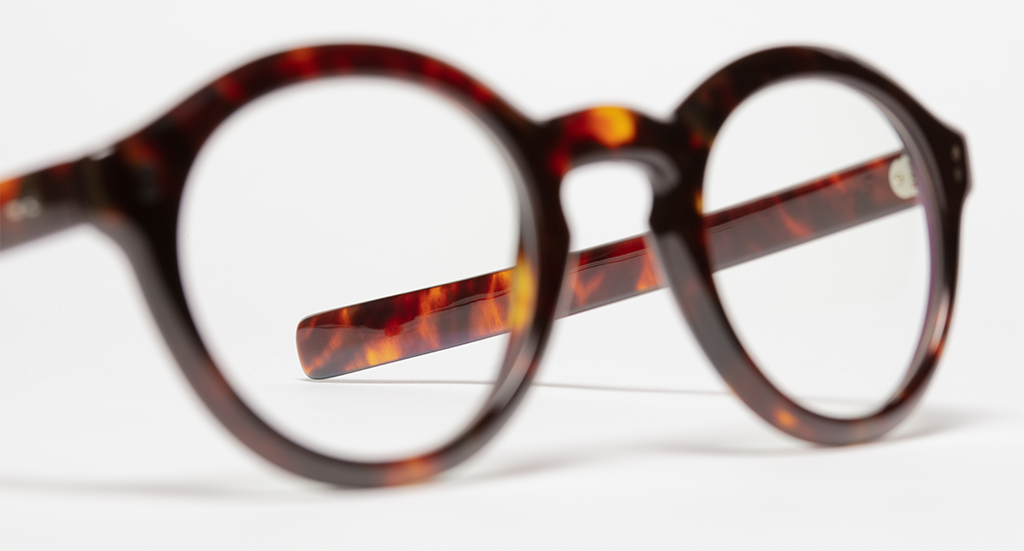

Join our Community